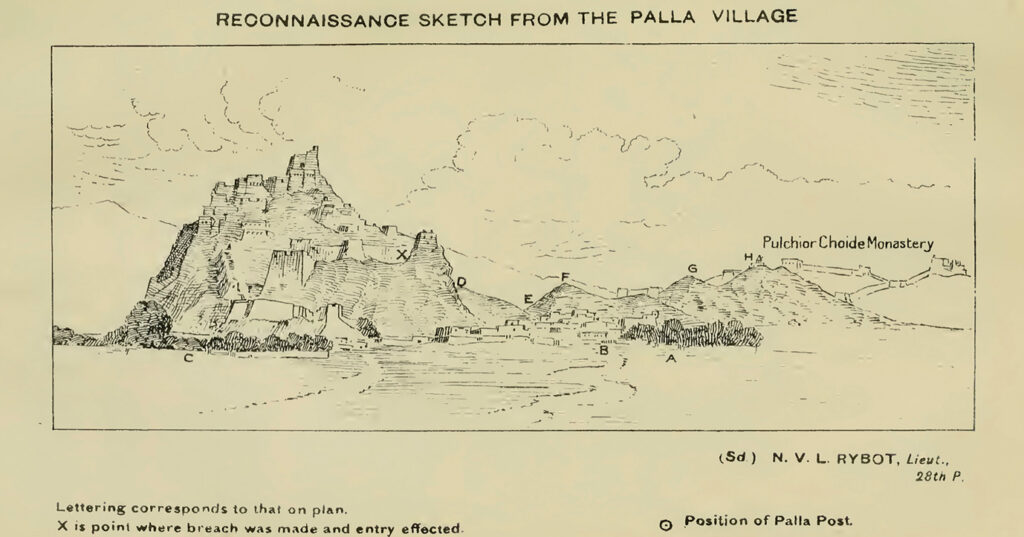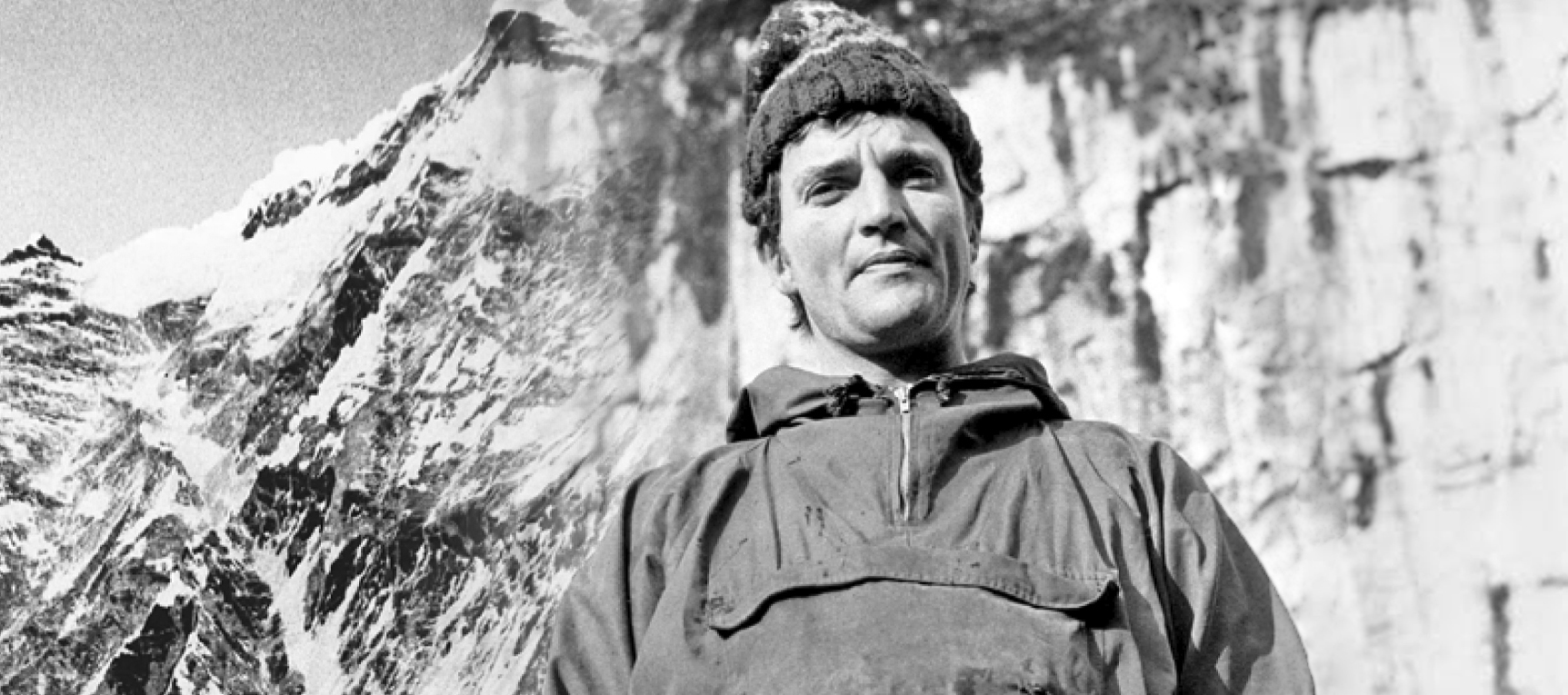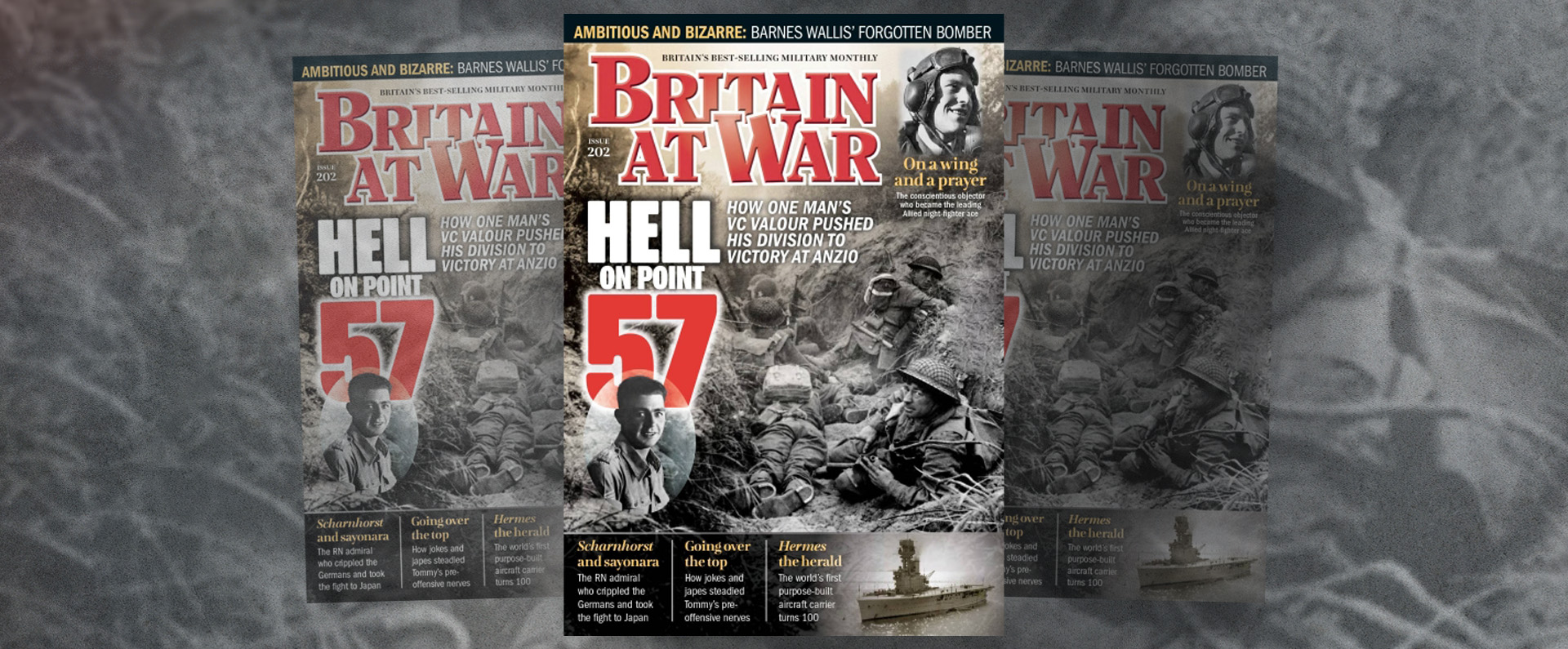
Published in Britain at War in April 2021.
Colonel John Duncan Grant VC, CB, DSO
John Grant was awarded the only VC from the Tibet campaign – the conflict that took place between the Second Anglo-Boer War and the First World War. He also had the unusual distinction of displaying his gallantry at the highest altitude for any VC action in the decoration’s long and illustrious 165-year history.
John Duncan Grant was born in Rurki (also spelt Roorkee), United Provinces, India, on December 29 1877. He was son of Colonel Suene Grant, who served with the Royal Engineers, and his wife Caroline (née Napper), the daughter of a colonel in the Bengal Staff Corps. John Grant, usually known as “Jack”, was educated in Britain: at Manor House School, Hastings, Sussex; Cheltenham College, Gloucestershire; and, finally, the Royal Military Academy, Sandhurst.
He was commissioned as second lieutenant (unattached) on January 22 1898. After briefly joining the Indian Staff Corps, Grant was appointed to the 30th (Punjab) Regiment in 1899 before his promotion to lieutenant in April 1900 following service with the Malakand Force. In August 1900, he transferred to the 44th (Gurkha Rifle) Regiment, which was retitled the 8th Gurkha Rifles in 1902.
From 1903-4, Grant served in Tibet at a time when tensions in the country were high and the British Government in India was determined to stamp its authority on the country. Tibet was technically a vassal state of the Chinese but it had ignored agreements negotiated with British officials in 1890 and 1893. Tibet adopted an approach towards the British of non-negotiation and defiance. Therefore, in late 1903, as the British feared Russian interference in the country, a force was sent to Tibet under the command of Brigadier General J.R.L. Macdonald. By early 1904, this force was preparing to march north to Gyantse.
On July 6 1904 he showed such bravery in the attack on Gyantse and its hilltop force that he was eventually be awarded the VC.
Perceval Landon, The Times’s correspondent at the scene, described an incredibly steep location for the attack. He wrote: “About two o’clock Colonel Campbell, to whom had been committed the command of the attacking force, sent across to Pala village, where the General was watching operations with his staff, urgently recommending that an attack should be made at once upon the extreme east part of the upper works of the jong. The rock of Gyantse is so steep that it seemed accessible nowhere except along the main approach which was well defended.
‘But at the point which Colonel Campbell chose there was just a bare possibility of scaling the rock. It was a fearful climb, and the top of it was crowned by a well-made wall flanked by two projecting bastions. At first the General was unwilling to press forward any further that day, and was in some doubt whether to accede to this request. He determined, however, to be guided by the advice of Colonel Campbell on the spot. At a little past three, a concentrated fire from all points was ordered to be directed upon the wall at the head of this steep climb. The common shell used by the ten-pounders was now employed with terrific effect, and one could see, second by second, a large ragged hole being torn open at this point. Clouds of dust arose and slowly drifted away to the west in the slight breeze, and whenever a lull in the cannonade allowed a clear sight, the breach was wider by a yard or two. A constant cataract of stone and brick fell down the face of the rock below, which here was almost sheer for forty feet. It was not shell alone that did this work. Magazine fire was concentrated at the same point, and under this whistling canopy of ball and shell, the Gurkhas were soon seen moving upwards and onwards from the houses at the base of the rock.”
The journalist described how Lieutenant Grant was in charge of the storming party: “To those who watched from a distance, it seemed as if more loss was being inflicted [against the British soldiers] when again and again one of the escalading force was knocked backwards by the masses of stone and brick dislodged by our shells. The steepness was so great that a man who slipped almost necessarily carried away the man below him also. But little by little the advance was made, and conspicuous in front of the small company was Grant, with one Sepoy, who was clearly determined to rival his officer in one of the pluckiest pieces of work ever known on the Indian frontier.
“The men now reached a point fifteen or twenty feet below the level of the breach, and it was no longer safe to allow the cannonade to continue. The guns had been tested with a success which almost surpasses belief. The chief danger lay in striking too low and exploding the shells on the outside, but not a single missile had struck the rock at the base of the wall. The marksmanship displayed was astonishing.”
As they reached the top of the climb, Grant was again leading from the front. “Lieutenant Grant and his faithful follower were the first two men over, and the great semi-circle of the watching British force held their breath for a second to see if they would be at once shot down. For the moment it was two men against all the enemy,” wrote Landon.
When I purchased Grant’s medal group at a Morton & Eden auction in London in 2014, it was accompanied by several family letters. One of them was written by Grant to his uncle, Arthur Grant, who served in the 4th Gurkha Rifles, and was dated July 7 1904 – the very day after his VC action. He wrote: “You will have seen that we snaffled the jong [Tibetan fortress] yesterday… … we started going up a rocky slope when the Tibetans at once started heaving stones & also firing… several men were hit by small bore bullets – including a flesh one behind my knee – just a scratch – the approach to the breach was beastly steep and all loose stones & mud which kept slipping from under one. However we finally made an extra effort & got in.”
On the next day, July 8 1904, Grant’s mother’s Caroline, who had clearly learnt of her son’s bravery, wrote to him to say: “My dear Jack – You are a brave fellow.”
Jack Grant’s VC was announced on January 24 1905 when his citation stated: “On the occasion of the storming of the Gyantse Jong on 6th July, 1904, the storming Company, headed by Lieutenant Grant, on emerging from the cover of the village, had to advance up a bare, almost precipitous, rock-face, with little or no cover available, and under a heavy fire from the curtain, flanking towers on both sides of the curtain, and other buildings higher up the Jong. Showers of rocks and stones were at the time being hurled down the hillside by the enemy from above. One man could only go up at a time, crawling on hands and knees, to the breach in the curtain.
“Lieutenant Grant, followed by Havildar Karbir Pun, 8th Gurkha Rifles, at once attempted to scale it, but on reaching near the top he was wounded, and hurled back, as was also the Havildar, who fell down the rock some 30 feet.
“Regardless of their injuries they again attempted to scale the breach, and, covered by the fire of the men below, were successful in their object, the Havildar shooting one of the enemy on gaining the top. The successful issue of the assault was very greatly due to the splendid example shown by Lieutenant Grant and Havildar Karbir Pun.
‘The latter has been recommended for the Indian Order of Merit.’
The Tibetan Plateau, known as the “roof of the world”, has an average height of around 15,000 feet and it is the largest plateau in the world.
Grant received his VC from King Edward VII in an investiture at Buckingham Place on July 24 1905. In January 1907, Grant married Kathleen Freyer at All Saints’ Church in London’s West End and his captaincy in the 8th Gurkhas was announced just three days after his wedding.
During 1908, Grant attended the Staff College at Quetta (now Pakistan) and, following various Indian postings, embarked for New Zealand where he served on the Imperial General Staff, Otago District, arriving in Dunedin on November 14 1911 with the temporary rank of major in the New Zealand Defence Force.
After the outbreak of the Great War in August 1914, Grant returned to India before being appointed brigade-major in the 35th Indian Infantry Brigade, with orders to join the Tigris Corps. Grant was tasked with the relief of Sir Charles Townshend’s Anglo-Indian Force besieged in at Kut, Mesopotamia (now Iraq).
Grant, who had twice been wounded serving in Tibet, was more seriously injured in the thigh at Orah on January 13 1916 (for which he was Mentioned in Desptaches). After being repatriated to England, he spent time convalescing at Lady Ridley’s Hospital in London. Grant was promoted to major just nine days after receiving his serious injury. After “light duty” in England until the spring 1917, Grant’s sailing orders for return to India were revoked in favour of a temporary secondment to II Anzac Corps. He briefly served with the Anzacs in France and Belgium before embarking again for India in the Nagoya out of Marseilles, France, on August 16 1917.
In May 1918, Grant was once more on his way to Kut, disembarking at Basra, in the south of the country, as acting lieutenant-colonel in command of the 3rd Battalion, 11th Gurkha Rifles.
After the Great War ended in November 1918, Grant took extended leave before going with the 3/11th to fight in the Third Afghan War. For his contribution to this conflict, he was awarded the Distinguished Service Order (DSO) on December 19 1922.
In 1921, Grant assumed command of a Training Battalion of the 13th Rajput Regiment before returning to the Gurkhas in command of 1st Battalion, 10th Gurkha Regiment. Between 1925 and 1928 he was Assistant Adjutant General, Army H.Q., India and was promoted a full colonel in September 1926. Grant retired in June 1929 and this coincided with his final decoration: a Companion of the Order of the Bath (CB) announced in the King’s Birthday Honours List of 1929. In 1934, he was appointed honorary colonel of the 10th Gurkha Rifles.
Grant served with the Home Guard in London during the Second World War. He was one of the oldest VC recipients present at the fourth VC & George Cross (GC) reunion, in the presence of Queen Elizabeth the Queen Mother, on July 16 1964.
Grant died at his nursing home in Tunbridge Wells, Kent, on February 20 1967, aged 89. Four days later, he was cremated at Tunbridge Wells Crematorium. Grant’s name is on an Honours’ Board at Cheltenham College and there is a painting of him at the same location. There is also a plaque to his memory at Quetta Staff College, Pakistan.
Download a PDF of the original Britain at War article
For more information, visit:
LordAshcroftOnBravery.com


